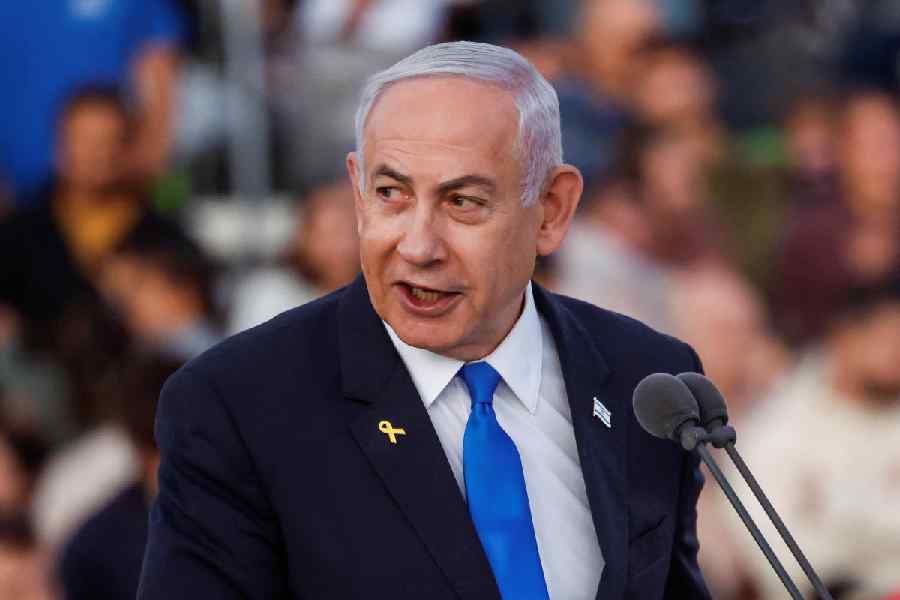Books: Journey Of A Nation: 75 Years Of Indian Economy — Re-Emerge, Reinvest, Re-Engage
Author: Sanjaya Baru
Publisher: Rupa
Price: ₹395
The 75th year of Independence is a time to celebrate, take stock, look back and look forward. This is part of Rupa’s three-pronged initiative, meaning that there have been parallel books in the “Journey of a Nation” series on foreign policy and sports. The Introduction states, “This book has been written for the post-millennial generation… [and] tells the story of India’s economic rise over the past 75 years. I have tried to tell it in as simple a language… for any young person to read and understand.” Thus, we have a slim volume, roughly two pages per year of chronology. If you were the publisher in search of an author, who would you approach? There are several economists who might deliver, but academic economists typically write turgid prose, an immediate turnoff for millennials. Sanjaya Baru’s skills as teacher, columnist, editor and media adviser to a former prime minister fit the bill to a T.
In writing a thumbnail sketch of 75 years, what does one flag? What turning points does one choose? Every author has individual preferences. Baru starts with history in the first chapter and moves on to national movement and economic thinking in the second, which naturally leads to a third chapter on planning for free India. “The NPC... report identified 10 areas as the focus of planned development.” If I were to nit-pick, I don’t think this is correct. The NPC never published any reports, although details are available about its meetings. Several ‘plans’ are discussed, including Bombay Plan, People’s Plan and Gandhian Plan. In histories of Indian economic policy-making, it is odd that M. Visvesvaraya’s 1934 book (Planned Economy for India) is rarely mentioned. This was almost certainly the first ‘plan’ developed for India. The book collated a wealth of statistical data and made cross-country comparisons between India and the rest of the world. A ten-year plan was formulated, intending to double India’s aggregate income over that time horizon. What else is a ‘plan’? This volume doesn’t mention that book either.
Across these plans, there was consensus on (a) public investments in key industries; (b) State intervention in distribution to prevent a widening of income disparities; and (c) peripheral roles for external trade and foreign investments. These tenets represented the wisdom of the day. The first turning point was undoubtedly the acceptance of socialism, which one can date to Wardha in 1937. The book takes us through planning and role of the State in the fourth — a rather dry — chapter. This was followed by disappointment with India and the decade (1960s) of crises. A different author might have chosen the green revolution as another turning point, warranting an independent chapter. The next turning point was a swing to the left (Chapter 7), followed by a swing to the right in the late 1970s and 1980s (Chapter 8). After chapters on agriculture and industry, we move on to the 1991 reforms and beyond.
Rupa loves alliteration in subtitles. This one has “Re- -emerge, Reinvest and Re-engage”. A well-written book to re-engage with 75 years of history, not just for millennials, with a very interesting 14th chapter on national power.











